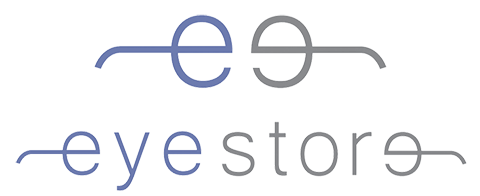
Farsightedness or hyperopia is a refractive error in which distant objects are clear, while close objects appear blurry. A refractive error occurs when the eye is not able to refract (or bend) the light that enters the eye to focus directly onto the retina. The retina is the nerve layer at the back of the eye that allows images to be seen clearly. Nearsightedness, farsightedness and astigmatism are the most common types of refractive error.
What Causes Hyperopia?
Hyperopia is usually caused when the length of the eye is slightly short or the cornea (which is the clear front surface of the eye) is flatter than normal. This prevents light that enters the eye from focusing properly on the retina, and rather the light is focuses behind it. This condition causes close objects to appear blurry, while typically objects at a distance remain clear.
Farsightedness, which is less common than nearsightedness, is often an inherited condition. It is common in young children who experience some amount of hyperopia during development, many infants will eventually grow out of it as the eye continues to grow and lengthen.
However, many school-age children remain farsighted, possibly impacting their school work. It is important to know that sometimes these children will not report any obvious symptoms, as their eyes are able to accommodate to make up for the refractive error, but this condition can lead to eye strain or tiredness and even impact their school achievements.
Symptoms of Hyperopia
Symptoms of hyperopia vary. As mentioned, sometimes people with hyperopia don’t experience any symptoms while others will experience severe vision difficulties. In addition to blurred near vision, eye strain and headaches can also occur, especially when reading, doing homework or computer use.
Treatment for Farsightedness
Farsightedness is easily treated with prescription glasses or contact lenses. These lenses, will correct for the refractive error by changing the way the light bends upon entering the eyes. Refractive eye surgeries such as LASIK or PRK that reshape the cornea are not commonly provided for hyperopia and usually only recommended after the age of 21.
Treatment for farsightedness depends on a number of factors including your age, lifestyle, eye health and overall health and the prescription will be a positive number, such as +1.50.
School-aged students may be prescribed glasses to support their focusing during class or doing homework.
Farsightedness vs. Presbyopia
Farsightedness is not the same as presbyopia, an age-related condition that also affects one’s ability to see near objects clearly. Presbyopia is caused when the natural lens of the eye begins to age and stiffens, causing difficulty focusing.
Farsightedness or hyperopia is a common refractive error that is easily treated. If you are experiencing difficulty seeing close objects, reading or using a computer, it’s worth having an eye test to determine the cause, ensure your eyes are healthy and to find a solution to improve your vision and quality of life.
